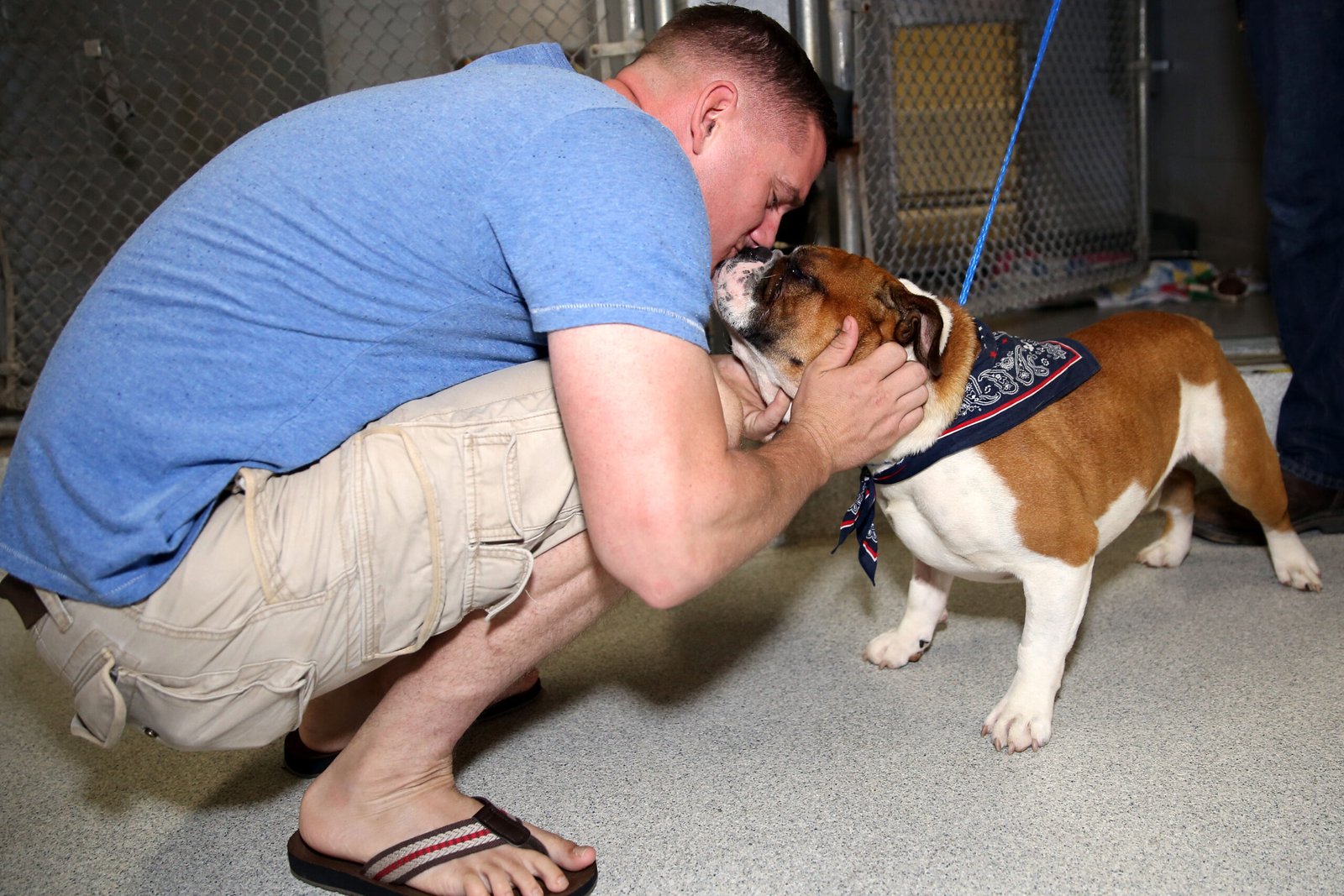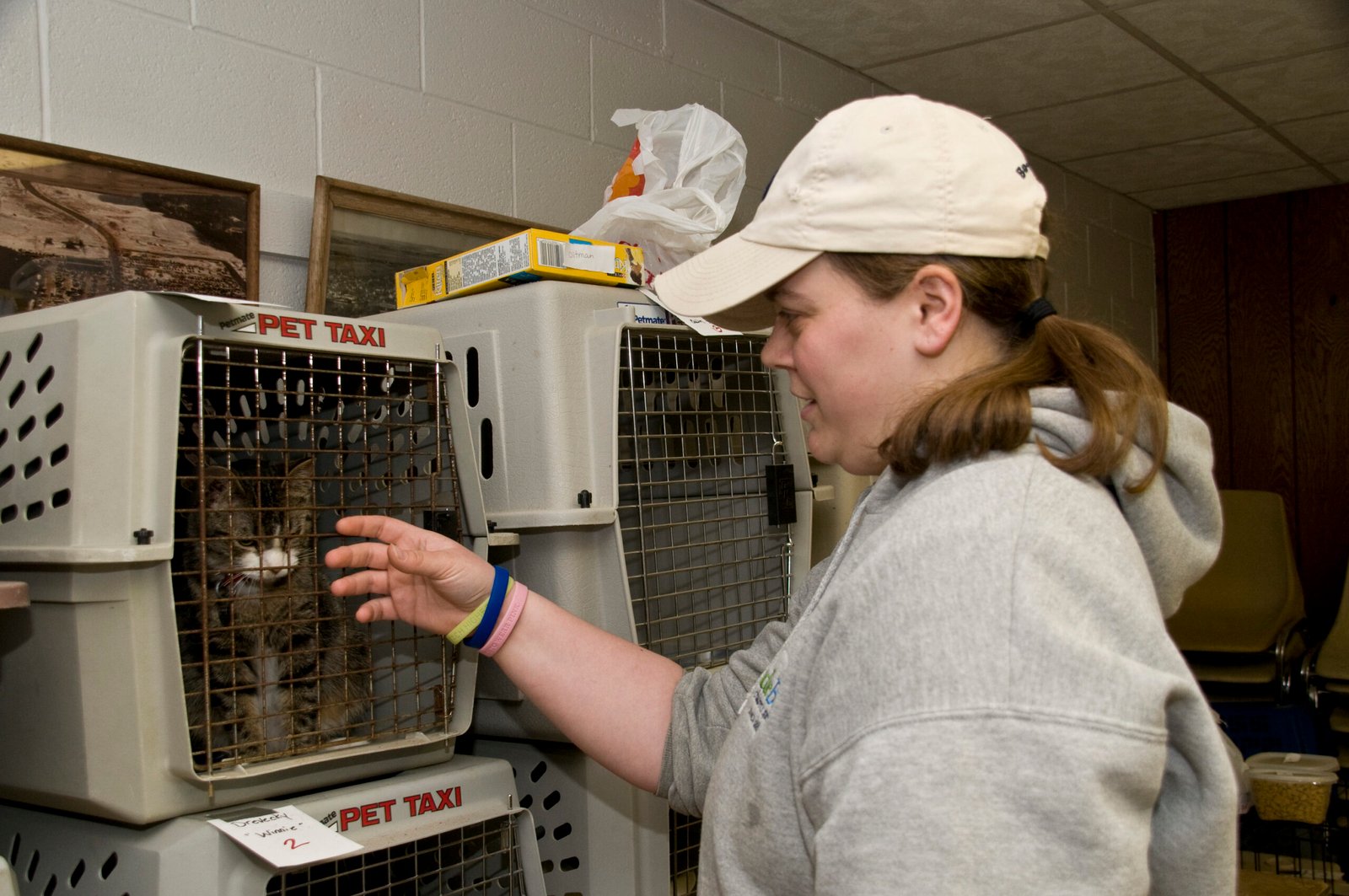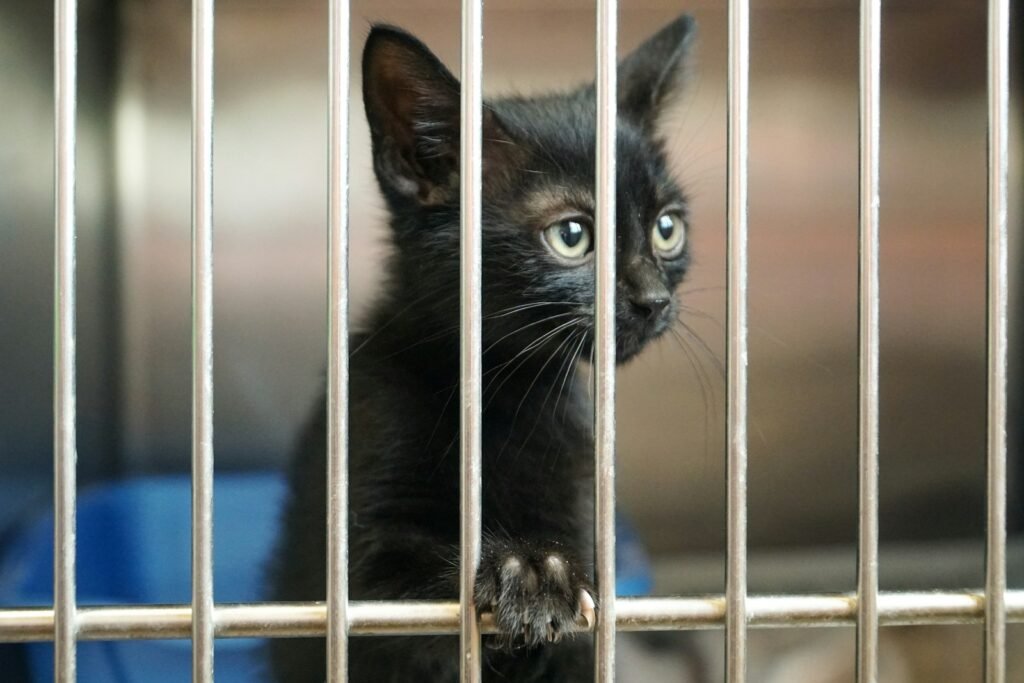On any given Saturday, adoption floors hum with hopeful noise, and the internet hums louder with lists claiming certain star signs are the softest touches for a shelter pet. The claim is irresistible: that the sky can forecast who brings home the anxious tabby or the brindled stray. Scientists, though, look for patterns closer to ground level – household stability, personality traits, community norms, and timing. The story here isn’t about constellations fixing fate; it’s about how people make caring choices in complex environments. And the real surprise is that the more we measure, the less the zodiac seems to matter at all.
The Hidden Clues

What if your birth month nudged your odds of meeting the right dog more than your star sign ever could? Shelters often see surges tied to school breaks, moving seasons, and community events, which change who walks through the door. That means any pattern by zodiac sign can be a mirage created by seasonality and social calendars, not celestial mechanics. When you strip away the glamour of star charts, you’re left with very human rhythms – pay days, holidays, and schedules – that shape adoption opportunities. It’s not prophecy; it’s proximity.
I’ve watched this play out up close, stepping into a crowded shelter on a summer afternoon when families had time to linger and bond with shy animals. The people who adopted that day didn’t share a common sign; they shared time, intention, and a willingness to problem-solve for a nervous creature. Those are the hidden clues that predict a happy exit from the kennel. If you’re hunting for a sign, it’s usually the open hours posted on the door. The stars can’t hold a leash; neighbors and schedules can.
From Ancient Tools to Modern Science

Astrology is an enduring cultural language for personality, but science asks for measures that can be tested and replicated. Modern shelter databases track intake, length of stay, medical notes, and adoption outcomes; they rarely record birth charts. When researchers analyze helping behaviors, they use validated scales – agreeableness, empathy, moral identity – rather than constellations. If a pattern exists, it has to survive controls for age, income, housing rules, and family structure. So far, zodiac correlations collapse under those controls.
Still, the ancient urge to find meaning in the sky persists, and that’s understandable because stories soothe uncertainty. But modern tools – from longitudinal surveys to machine learning match systems – suggest that the strongest predictors are practical and psychological, not astrological. The “signal” isn’t the sign; it’s the situation plus the person. In other words, the universe isn’t choosing; you are. And that’s a far more empowering story.
Psychology of Rescue Decisions

Adopting a rescue animal is a prosocial act that maps onto empathy, compassion, and a person’s sense of moral identity. People higher in agreeableness and openness tend to report stronger concern for animal welfare and tolerance for uncertainty, which helps with shy or undersocialized pets. Stress resilience also matters because rescue transitions can be messy, and persistence predicts success through the first rocky weeks. None of these traits require a birth sign; they’re distributed across every month of the year. The psychology points to practice, not planets.
Social identity amplifies the effect: if your community or workplace normalizes fostering and adoption, it becomes easier to picture yourself doing it. Messaging that frames adopters as problem-solvers rather than saviors tends to reduce disappointment and returns. And when shelters provide clear behavior plans and post-adoption support, cautious people step forward more confidently. Put simply, the mind makes room first, and the home follows. That cognitive shift is the quiet hinge of the whole decision.
Global Perspectives

Around the world, adoption patterns mirror local infrastructure more than astrology or personality folklore. In regions with robust spay-neuter programs, microchipping, and municipal funding, shelters have shorter stays and higher live-release rates. Where free-roaming dog and cat populations are high and services are thin, community-based rehoming and street care often substitute for formal adoptions. Cultural norms – whether animals are viewed as family members or working companions – shape the pipeline long before anyone meets an individual pet. Geography, policy, and custom, not zodiac, set the stage.
Seasonality also varies by latitude and climate, shifting kitten seasons and vacation calendars that drive foot traffic. Urban areas with transit access can draw adopters who don’t own cars, while rural transport networks depend on fosters and volunteer drivers. Each of these factors changes who shows up and when, creating the illusion of fate if you only watch a narrow slice of time. Widen the lens, and the pattern resolves into policy and logistics. The cosmos fades; civic design comes into focus.
Why It Matters

Enter the analysis: if we chase zodiac headlines, we risk missing levers that actually move outcomes. Traditional outreach that targets “compassionate signs” is catchy, but it’s blunt and potentially misleading compared with data-driven strategies. Shelter leaders can instead compare adoption rates before and after fee waivers, expanded hours, behavior consults, or workplace partnerships. When budgets are tight, evidence-based changes beat horoscope-themed campaigns every time. The stakes are pragmatic – lives, cages, and staff burnout.
There’s also a trust issue. Communities notice when institutions lean on pseudoscience, even playfully, and that can undercut credibility in moments that demand clear-eyed guidance. Science communication works best when it respects curiosity while drawing a bright line between fun and facts. If we label astrology as entertainment and pivot quickly to measurable drivers, we keep the story delightful without confusing the playbook. That’s not just good ethics; it’s good outcomes.
The Future Landscape

New tools are rewiring the path from kennel to couch. AI-assisted matching systems can learn from successful placements to recommend pets that fit lifestyle, activity level, and tolerance for training challenges. Standardized behavioral notes, interoperable shelter databases, and post-adoption telehealth support are turning guesswork into guidance. These innovations solve the real prediction problem – fit – not the star chart. Tomorrow’s “forecast” is an algorithm tuned by humane science.
Challenges remain: privacy protections for adopters, bias audits for recommendation systems, and equitable access for low-income families. Global data sharing could spotlight what policies reduce length of stay without raising returns, but it will require funding and common data standards. If we get this right, fewer animals bounce back, and more households meet pets they can truly support. That future won’t be written in the sky; it’ll be coded in open, accountable systems. And its authors will be communities, not constellations.
Practical Signals Shelters See

When shelters look for adoption lift, they track concrete changes and compare outcomes week over week. The patterns are strikingly consistent: remove barriers, add support, and adoptions climb. If you want a quick checklist of what moves the needle, it’s not birthdays; it’s bandwidth, dollars, and clarity. Here are factors that frequently correlate with better results in many communities. They read like logistics, because they are.
– Extended weekend and evening hours that match working schedules
– Transparent behavior notes with simple training plans and follow-up coaching
– Fee-waived or reduced-cost events paired with voucher support for supplies or vet care
– Foster-to-adopt pathways that let families try a pet at home before the final signature
– Transport partnerships that shift animals from overcapacity regions to adopter-rich areas
– Clear landlord resources and pet-inclusive housing guides to reduce last-minute denials
Conclusion

If you’re drawn to the idea that your sign makes you softer with animals, keep the warmth – and trade the superstition for something useful. Visit a shelter during its busiest hours, offer to foster for two weeks, or underwrite a behavior consult for a pet that struggles with the first walk. Ask your workplace to host a lunch-and-learn on pet-inclusive policies, and share evidence-based tips instead of horoscope lists. I still think about a timid, speckled dog who finally took a treat from my hand after days of trying; no stars aligned, just patience, snacks, and time. That’s the kind of gravity an animal can feel.
Your move doesn’t have to be grand to be life-changing – a bag of kitten formula, a weekend transport run, a heartfelt post about a long-stay pet. If you want a sign to adopt or help, consider this it. The constellation that matters most is the one you build between your door and a waiting animal. Ready to draw that line today?

Suhail Ahmed is a passionate digital professional and nature enthusiast with over 8 years of experience in content strategy, SEO, web development, and digital operations. Alongside his freelance journey, Suhail actively contributes to nature and wildlife platforms like Discover Wildlife, where he channels his curiosity for the planet into engaging, educational storytelling.
With a strong background in managing digital ecosystems — from ecommerce stores and WordPress websites to social media and automation — Suhail merges technical precision with creative insight. His content reflects a rare balance: SEO-friendly yet deeply human, data-informed yet emotionally resonant.
Driven by a love for discovery and storytelling, Suhail believes in using digital platforms to amplify causes that matter — especially those protecting Earth’s biodiversity and inspiring sustainable living. Whether he’s managing online projects or crafting wildlife content, his goal remains the same: to inform, inspire, and leave a positive digital footprint.




